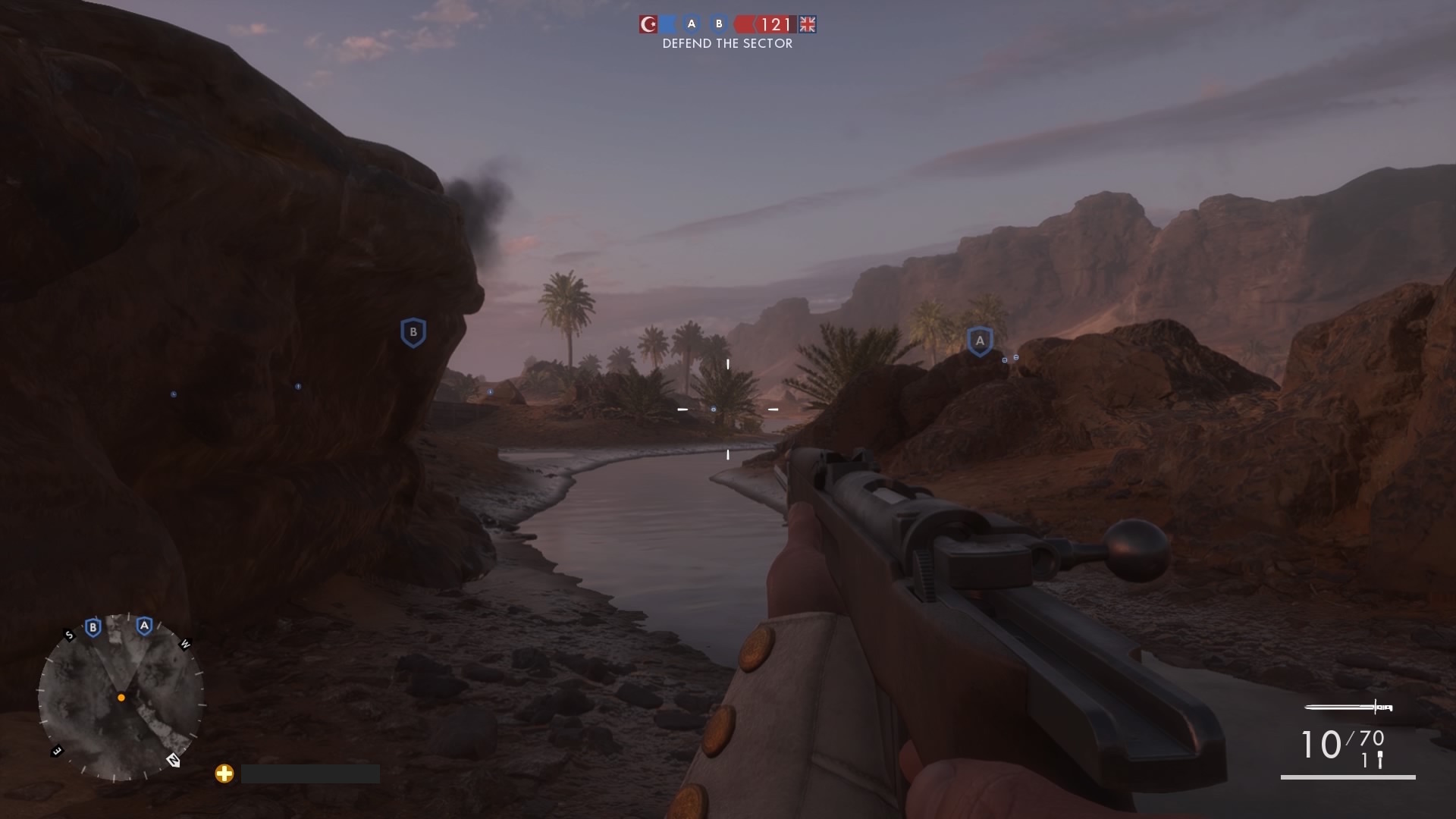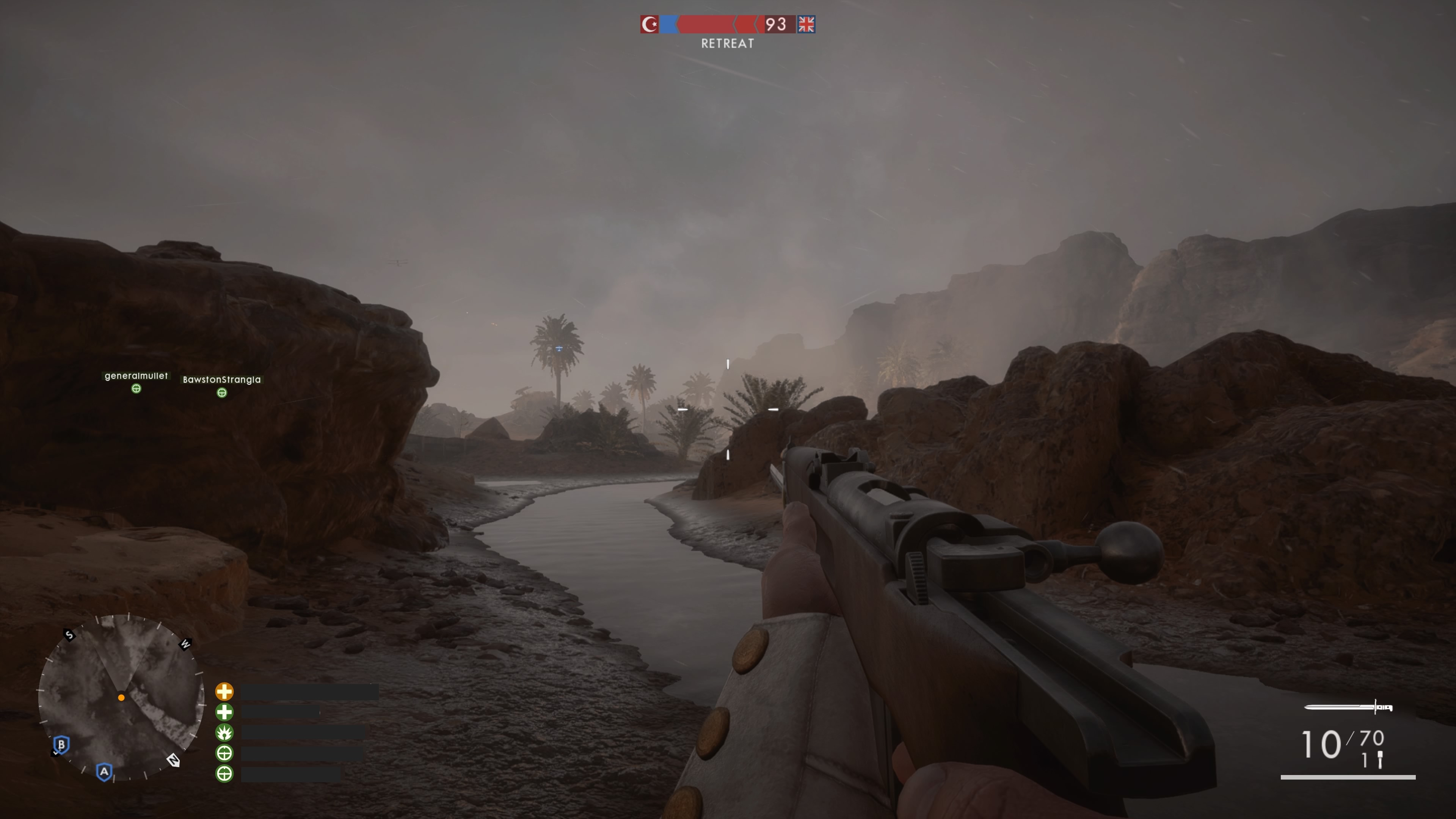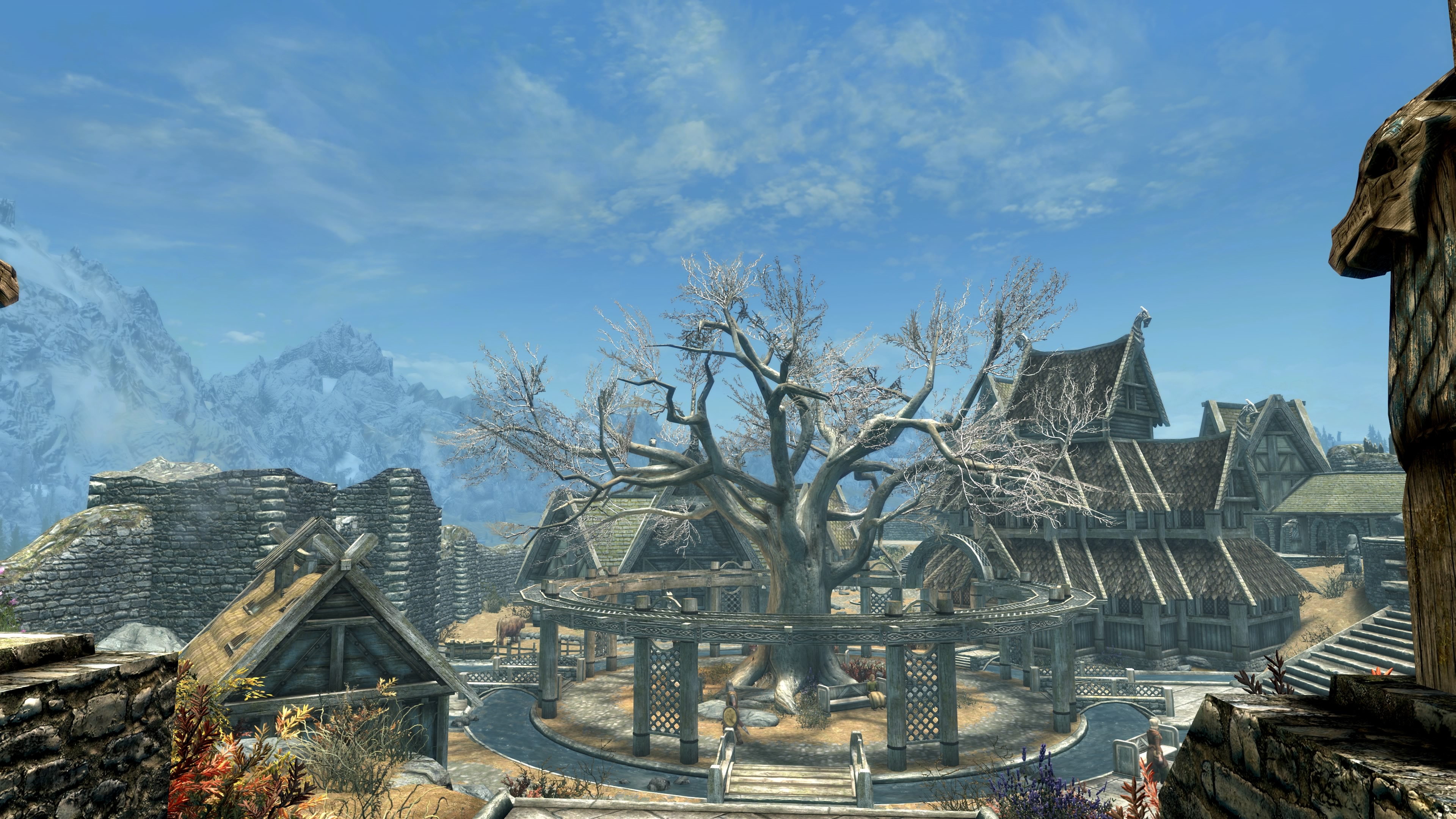PS4 vs PS4 Pro: Side-by-side screenshots tell the (incomplete) story

The PS4 Pro is out and available, and lots of gamers are still trying to figure out exactly what this incremental console generation has to offer. With all the uncertainty around which games have which upgrades, the console is facing an uphill battle in reaching buyers.
But as with any new product, the best way to know if the improvements matter is to see them for yourself. Here are some comparison shots between the PS4 and PS4 Pro to help you parse what the hardware does, as well as some context from my experiences playing these three games on both systems. For each pairing of images below, the original is on top and the new hotness is below. (Keep in mind that the differences may be tough to see depending on the screen you're using and just good ol' online image compression.)


Battlefield 1
The visuals of Battlefield have always been striking, and Battlefield 1 is no exception. The environments are beautiful, in a scorched and devastated fashion. The dynamic weather is incredible as a gameplay mechanic. However, where this franchise has often struggled is in achieving a smooth frame rate.
The choice here with the PS4 Pro was to max out performance rather than prettiness. So when you’re in a multiplayer match, you’ll see a consistent 60 fps. The PS4 will have a rate hovering around 30 fps, and that can take a big hit when those weather changes blow through. On the PS4 Pro, I played an operation in the Oil of Empires map with a huge dust storm, and although my character’s visibility was impacted, I didn’t get the usual chugging frame rate that I’d expect on an older version.
If you’re taking the time to look carefully at the environments in multiplayer, there is a greater degree of detail on the PS4 Pro, and that’s a nice touch. But for players who are looking for every little edge in a pro-caliber game, the boost to a consistent 60 fps is what will make the hardware upgrade more potentially valuable.


Skyrim Special Edition
The little details that got amped up in the special edition combined to make a big impact. The comparison with the PS4 Pro shows the potential of 4K resolution, because there’s no way a game this old should still look this good. But you can see how much sharper the tree branches are, and even the details on the distant roof shingles are crisper.
In a meandering RPG like Skyrim, that nuanced visual detail doesn’t have much bearing on gameplay. It won’t make your sneaking skills better or improve your combat accuracy. Would you notice it if you weren’t told to look for it? Maybe. That really depends on how much graphics and appearance matter to you. If you don’t want to stop and take in those details, then the PS4 Pro changes won’t add much to the experience. If you ignore the guards and savor the lollygagging around the world, then the improved resolution does offer that little bit more immersion and visual fidelity.
Sign up to the GamesRadar+ Newsletter
Weekly digests, tales from the communities you love, and more


Uncharted 4
Sony first-party studios have more skin in the game and might be working harder to make the changes have a bigger impact. Uncharted is one of Sony’s top exclusives, and the PS4 Pro version shows off both 4K and HDR updates.
As with Skyrim, the 4K means cleaner detail and increased clarity for the graphics, both close up and at range. The impact of the HDR is much trickier to capture, and it doesn’t come through as well in livestreamed videos or screenshots. But the technology changes how both color and light are displayed, adding more degrees of subtlety and nuance to both. In the case of Uncharted, there’s a new softness to the sunlight and extra vibrance to the purple flowers. Play an HDR game for half an hour, and you may start to forget that you’re looking at a game engine rendering, not a real-life scene.


So, what’s the deal?
Even though all of Sony’s press material promised that you can see the Pro’s technical upgrades without a television that’s designed to support them, the choice of viewing screen really does play a big part in any gaming experience. At this stage of the incremental console generation, getting that top-of-the-line television will probably do more to improve the visuals of your gaming than the PS4 Pro will. It’ll make things pop in beautiful ways for your regular console too. Having an amazing television is like investing in beautifully tuned headphones; sure, they won’t magically improve the quality of your MP3s, but plug them into a record player and the music will really come alive.
It’s also probably a smarter long-term investment right now. 4K and HDR are here to stay, and the games will be finding new, more impressive ways to take advantage of them over the coming years. And that means the consoles yet-to-come will start to require better televisions. Both TVs and consoles will be seeing improvements to their specs and prices over time. You’ll probably want to treat them as a package deal to get the best experience.
The other important thing to keep in mind is that the full capabilities of the PS4 Pro won’t get shown off until the new releases of 2017. Any of these first patched updates to previously released games are experiencing the same downsides as any new console launch title. They haven’t necessarily had the time for the studios to really dig into the new powers and find the best ways to show them off. But the titles that are still in the pipeline, where the teams can put enough resources into both versions, have the potential to be more striking demonstrations of what the Pro can do. I’m very excited to see what Mass Effect Andromeda and Horizon Zero Dawn will look like on the beefier hardware. But I also think they’ll look pretty damn good on the regular PS4.

Anna is a freelance writer who has written for the likes of GamesRadar, Ars Technica, Blizzard Watch, and Mashable. She's also created games as part of various game jams. Anna likes games about solving puzzles and/or shooting things. She wishes she could trade zingers with GLaDOS and have beers with Garrus Vakarian in real life.


